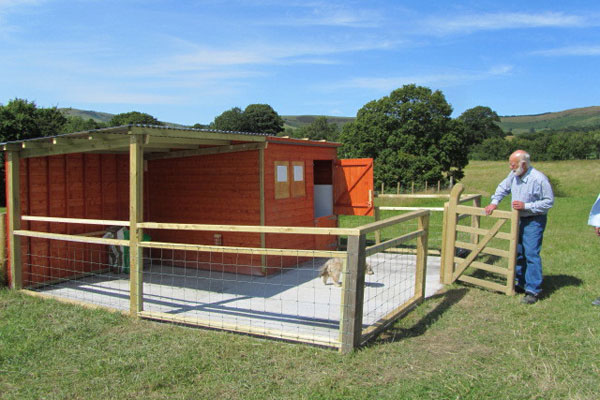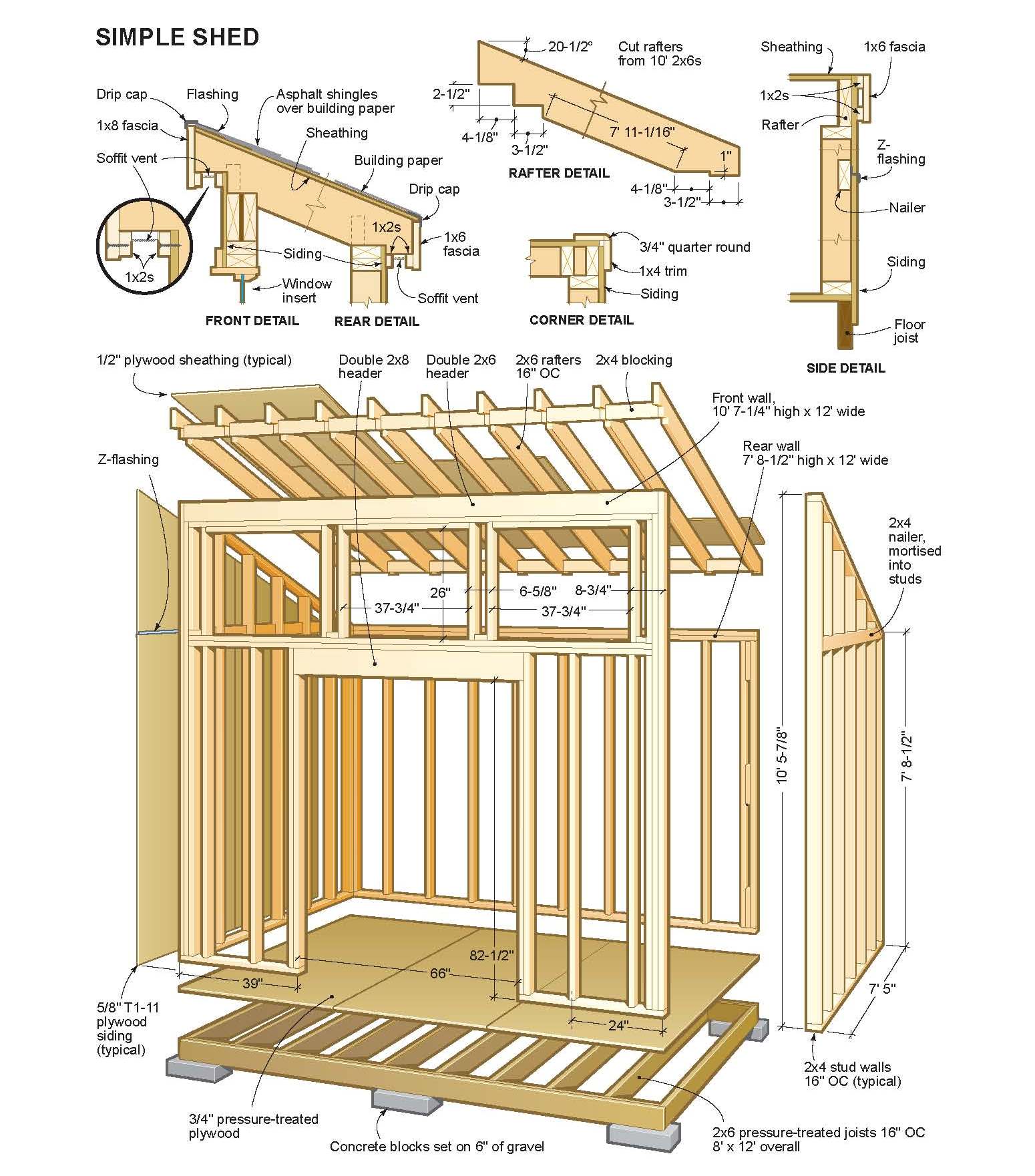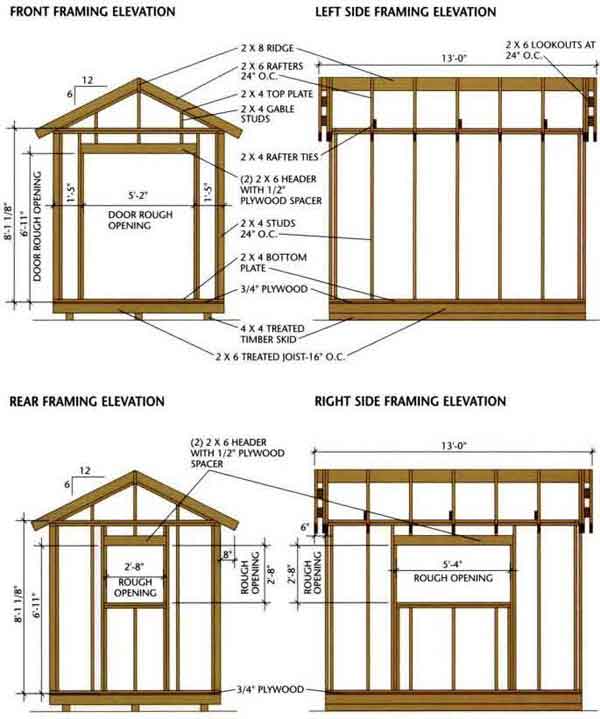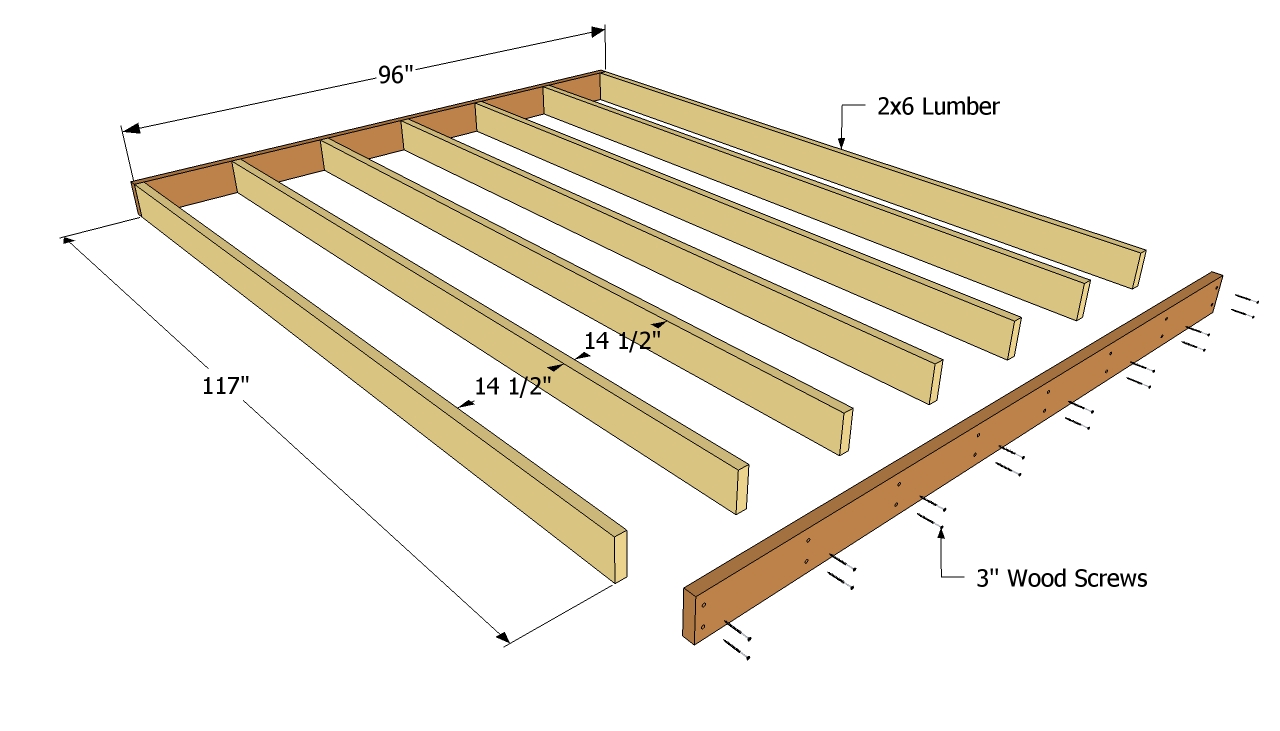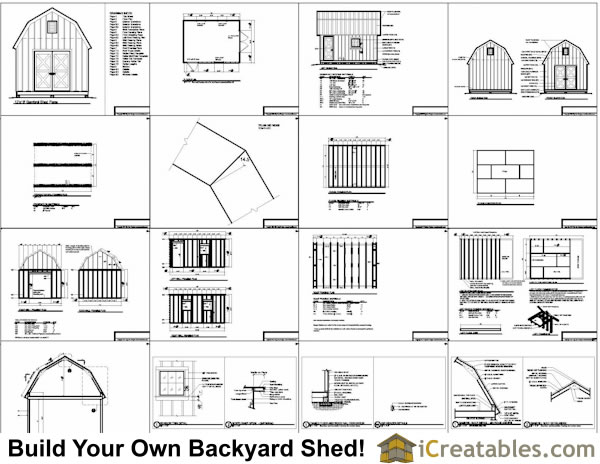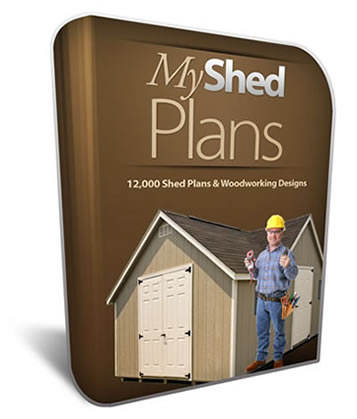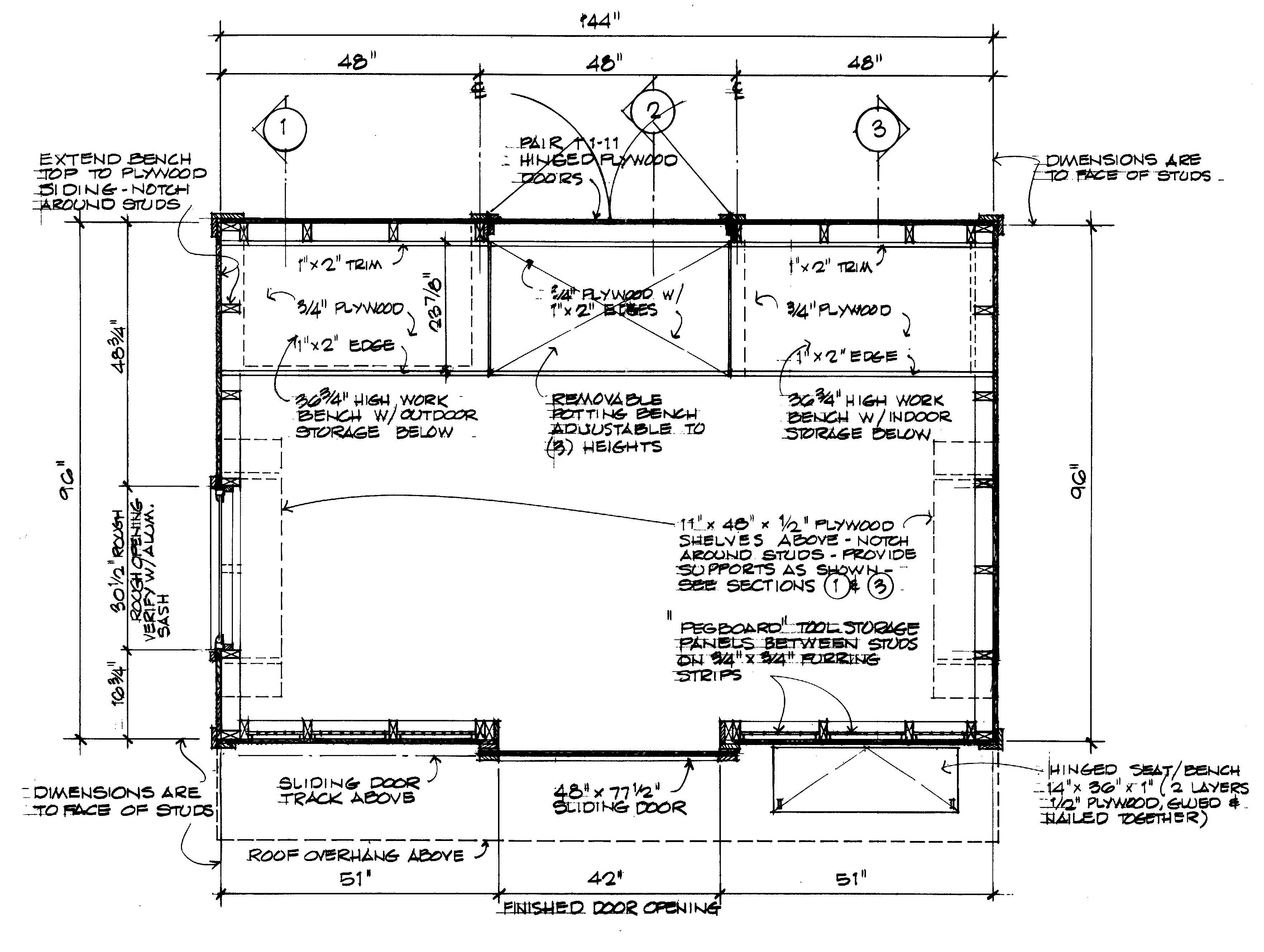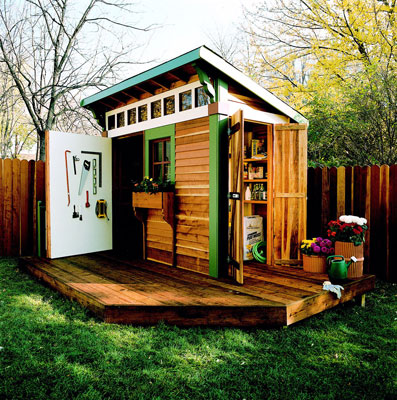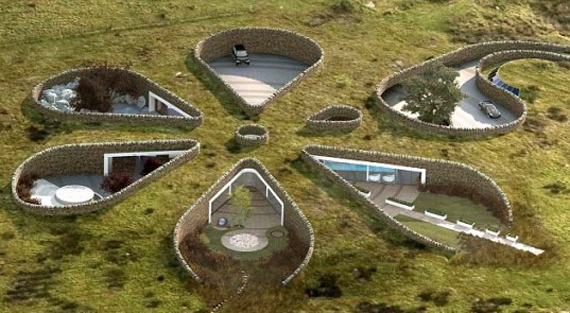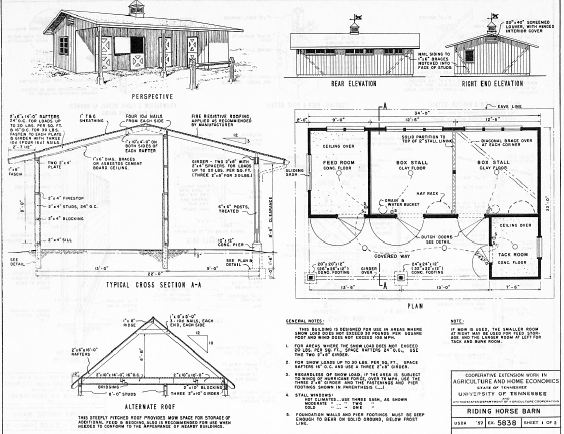Shed Plans for Off-Grid Living: Build a Sustainable Storage Space
Embarking on the journey of off-grid living demands careful consideration of every aspect of self-sufficiency. While solar panels and rainwater collection systems garner much attention, a robust and well-designed storage solution often gets overlooked. A strategically built shed becomes far more than just a place to stash tools; it transforms into a crucial component of your sustainable lifestyle, providing a secure haven for equipment, preserving harvested goods, and protecting valuable resources from the elements. This article guides you through the process of designing and constructing your own off-grid-friendly shed, maximizing sustainability and functionality.
Planning Your Off-Grid Shed: Size, Site, and Sustainability
Before you even pick up a hammer, meticulous planning ensures a successful project. Consider the size of your shed based on your specific needs. Will you primarily use it for tool storage, food preservation, or a combination of both? A larger shed offers more versatility but demands more materials and labor. Next, carefully select the site. Prioritize a level area with good drainage to avoid foundation issues and water damage. Optimal sun exposure and proximity to your primary dwelling can further enhance convenience and efficiency. Finally, embrace sustainable building practices from the outset. This includes utilizing reclaimed or locally sourced materials whenever possible, minimizing waste, and choosing environmentally friendly construction methods.
Choosing Sustainable Materials
The materials you select significantly influence the environmental impact and longevity of your shed. Reclaimed lumber offers a fantastically sustainable option, reducing the demand on newly harvested timber. Look for salvaged wood from demolition sites or repurposed pallets. Alternatively, consider sustainably harvested wood certified by organizations like the Forest Stewardship Council (FSC). For roofing, explore options like recycled metal or locally sourced natural slate. Insulation is critical for temperature regulation, especially if you plan to store food or temperature-sensitive equipment. Sheep's wool, straw bales, or recycled denim insulation provide excellent eco-friendly alternatives to conventional fiberglass.
Construction: A Step-by-Step Guide
Once the planning phase concludes, construction begins. Start with a solid foundation. While a concrete slab offers durability, a simpler and more sustainable approach might involve using compacted gravel or recycled concrete pavers. This reduces your carbon footprint and minimizes environmental disruption. Next, erect the frame, utilizing your chosen lumber. Ensure accurate measurements and strong joints for structural integrity. Remember to incorporate features such as windows for ventilation and natural light. The roofing is the next key stage. Properly install your chosen roofing material, ensuring watertight sealing to protect your stored goods. Finally, add the siding, selecting materials that complement your site and resist the elements. A coat of eco-friendly paint or sealant can further enhance durability and weather resistance.
Essential Features for Off-Grid Living
Incorporate specific features tailored to your off-grid lifestyle. These might include:
- Strong locks and security features to protect your valuable supplies.
- Shelving units for organized storage.
- Ventilation systems to prevent moisture buildup and mold.
- A dedicated area for food preservation, potentially incorporating root cellars or shelves for canned goods.
- Solar-powered lighting for easy access in low-light conditions.
Finishing Touches and Ongoing Maintenance
Once the construction is complete, personalize your shed. This could involve painting the exterior, adding landscaping around the base, or constructing a small deck for added work space. Regular maintenance is key to extending the lifespan of your shed. Periodically inspect the roof for leaks, check the foundation for stability, and address any issues promptly. Regular cleaning and pest control will prevent damage and keep your stored goods safe. Your newly built shed stands as a testament to your commitment to sustainable living, providing a functional and environmentally conscious storage solution for years to come.




